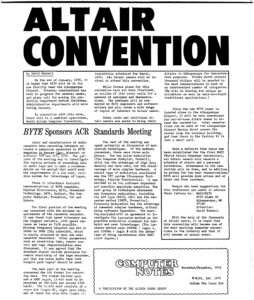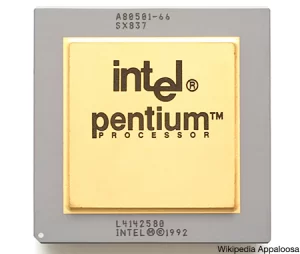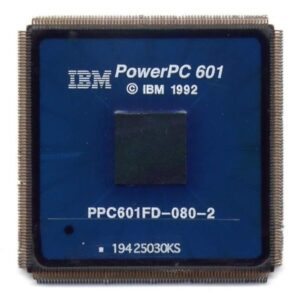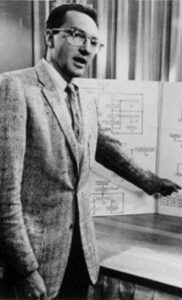Computers
A is for Apple
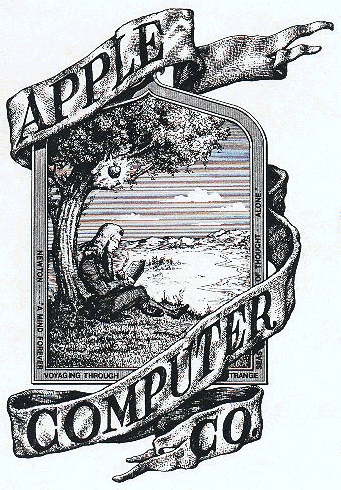 April 1, 1976
April 1, 1976
The Apple Computer company is formed by Steve Jobs and Steve Wozniak in order to sell their personal computer kits, later known as the Apple I computer, launching the personal computer revolution. From this point on, the word “Apple” is associated as much for computers as it is for fruit.
UNIVAC Unveiled
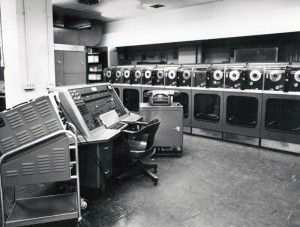 March 30, 1951
March 30, 1951
The first commercial computer, UNIVAC, is received by the US Census Bureau. Short for UNIVersal Automatic Computer, UNIVAC used over 5,000 vacuum tubes, weighed 16,686 pounds, consumed 125 kW of electricity, and could perform about 1,905 operations per second running on a 2.25 MHz clock. It was 14 feet long, 7 feet wide, and 8 feet tall.
Developed by J. Presper Eckert and John W. Mauchly, who had designed the first fully electronic computer ENIAC during World War II, the duo had formed a company in 1946 to develop a computer for the Census Bureau. Originally expected to take 6 months to begin development, it took 2 years to complete the study to design the computer. In 1950 Eckert and Mauchly sold their company to typewriter manufacturer Remington Rand and continued their work within the corporation’s calculating machine division. In 1952 the UNIVAC became famous for correctly predicting the results of the presidential election, contradicting the expected Gallup Poll results, and made the general public aware of the advancement of electronic computers.
Interestingly enough, the Census Bureau had driven the development of devices that eventually led to computers since the 1890’s and Herman Hollerith’s Punch Card Calculator.
TRS-80 Model 100 Introduced
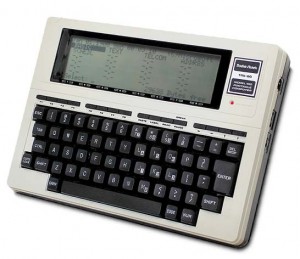 March 29, 1983
March 29, 1983
Radio Shack introduces the TRS-80 Model 100, one of the first portable computers in a notebook-style form factor. The portability, simplicity, and built-in modem of the Model 100 made it very popular with journalists who could write stories in the field and transmit them back to their offices. Incidentally, in the early 90’s I acquired a Model 100 that had been used by a newspaper. I was able to use it to code simple programs, write papers, and use the modem to connect to bulletin board systems of the time. I currently have 2 of these models – still in good working order! Good times, good times.
First Personal Computer Convention
The First Annual World Altair Computer Convention is held in Albuquerque, New Mexico. The Altair 8800 is considered the world’s first popular “microcomputer”, which essentially was the first popular personal computer. Created by MITS which was headquartered in Albuquerque, this Altair convention is also known for being the world’s first major microcomputer or personal computer convention. Over 700 people from 46 states and 7 countries attended. The next day at the opening address, a young Bill Gates gives a talk about software piracy. Bill Gates and Paul Allen had moved to Albuquerque about a year earlier to write the BASIC programming language for the Altair, founding Microsoft.
First Pentiums Shipped
Intel ships the first Pentium processors, debuting with speeds of 60 and 66 MHz. With 3.1 million transistors and 4 GB of addressable memory, it was a significant upgrade from the 80486 line of processors. Also significant was the fact that Intel chose to brand this fifth generation of processors with a name that could be trademarked, departing from the 286, 386, and 486 sequence it had been using for their 8086 line of processors. The main reason for this was that AMD, who had been a second source manufacturer of x86 processors, reverse engineered Intel’s 386 processor after Intel tried to end their second source arrangement. AMD claimed that they had the legal right to manufacture x86 processors due to the contract it had with Intel. This started a long running legal feud between the two companies that lasted until 1995. Among various lawsuits, AMD successfully defended a trademark infringement claim brought about by Intel over the 386 name. The court ruled in March of 1991 that the term 386 was generic and could not be trademarked. Therefore Intel went to a marketing firm to come up with the name Pentium so it could differentiate itself from AMD’s eventual 586 clone.
First Newsletter of the Homebrew Computer Club
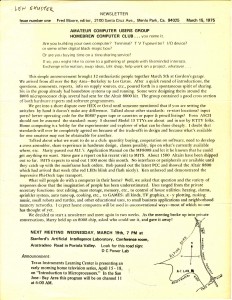 March 15, 1975
March 15, 1975
Issue number one of the Homebrew Computer Club’s newsletter is published. Only 21 issues are published through December 1977, but the newsletter is considered influential in the early culture of the personal computer industry.
Bell Labs Announces TRADIC
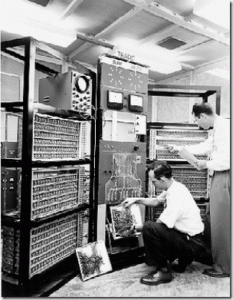 March 14, 1955
March 14, 1955
AT&T Bell Laboratories announces the completion of the first fully transistorized computer, TRADIC. TRADIC, which stood for TRAnsistor DIgital Computer, contained nearly 800 transistors, which replaced the standard vacuum tube and allowed the machine to operate on fewer than 100 watts which was one-twentieth the power required by a comparable vacuum tube computer.
Apple, IBM, Motorola form PowerOpen Association
Apple, IBM, and Motorola form the PowerOpen Association along with 4 other companies to promote and support the deployment of the PowerPC processor. The PowerPC would most famously be used for many generations of Apple Macintosh computers, but also found its way into use in video games consoles from Nintendo, Sony, and Microsoft. As a competitor to Intel’s x86 line of processors, the RISC-based PowerPC for a time boasted more powerful designs and influenced the development of RISC processing technology that has been incorporated into many modern processors.
IBM Introduces PC-XT
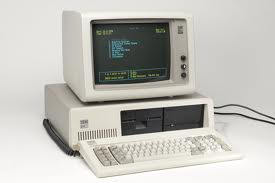 March 8, 1983
March 8, 1983
IBM introduces the IBM Personal Computer XT, which stands for eXtended Technology. For a price of $4,995, it features a Intel 8088 processor, a 10MB hard drive, eight expansion slots, serial port, 128 kB RAM, 40Kb ROM, a keyboard, and one double-sided 360kB floppy drive.
The First Computer Operating System
Lead programmer Doug Ross demonstrates Director, the first permanent set of instructions for a computer on MIT’s Whirlwind. In essence this is the first concept of an operating system. Loaded by paper tape, Director would allow operators to load multiple problems in Whirlwind by taking advantage of newer, faster photoelectric tape reader technology, eliminating the need for manual human intervention in changing tapes on older mechanical tape readers.

